Aeon Video has a monthly newsletter!
Get curated editors’ picks, peeks behind the scenes, film recommendations and more.
‘Moving paintings’ evoke a quantum particle collision at the Large Hadron Collider
Warning: this film features rapidly flashing images that can be distressing to photosensitive viewers.
The London-based artist Markos R Kay works at the intersection of digital art and science, building bridges between the sometimes esoteric work of scientists and the public. For his piece Quantum Fluctuations: Experiments in Flux (2016), Kay set out to visually express a quantum interaction – a phenomenon that’s notoriously unobservable. First, Kay crafted a scientifically informed visual style, incorporating influences ranging from the abstract expressionists to Richard Feynman. Kay then created ‘moving paintings’ from these visuals using computer software intended to mimic the supercomputers that simulate particle collisions at the Large Hadron Collider near Geneva. The sequence of events visualised in this excerpt from Quantum Fluctuations is as follows:
- Underlying event: representing the background particle interactions that occur in a hadron collider during a particle collision.
- Proton beam: hundreds of trillions of protons are accelerated to near the speed of light.
- Hard subprocess: the main event during a high-energy particle collision.
- Parton showers: radiation in the form of virtual quarks and gluons caused by the energy of the collision.
- Hadronisation: these particles become composite hadrons.
- Decay: unstable composites break apart and light is emitted.
There’s an idiosyncratic beauty to the resulting imagery and an inherent tension in the work, which melds careful planning with spontaneity, and offers an abstract peek into the unseeable. For the best experience, we recommend watching with your video player at the 4K setting. You can view Quantum Fluctuations in full at Sedition.
Director: Markos R Kay

video
Biography and memoir
As her world unravels, Pilar wonders at the ‘sacred geometry’ that gives it structure
20 minutes
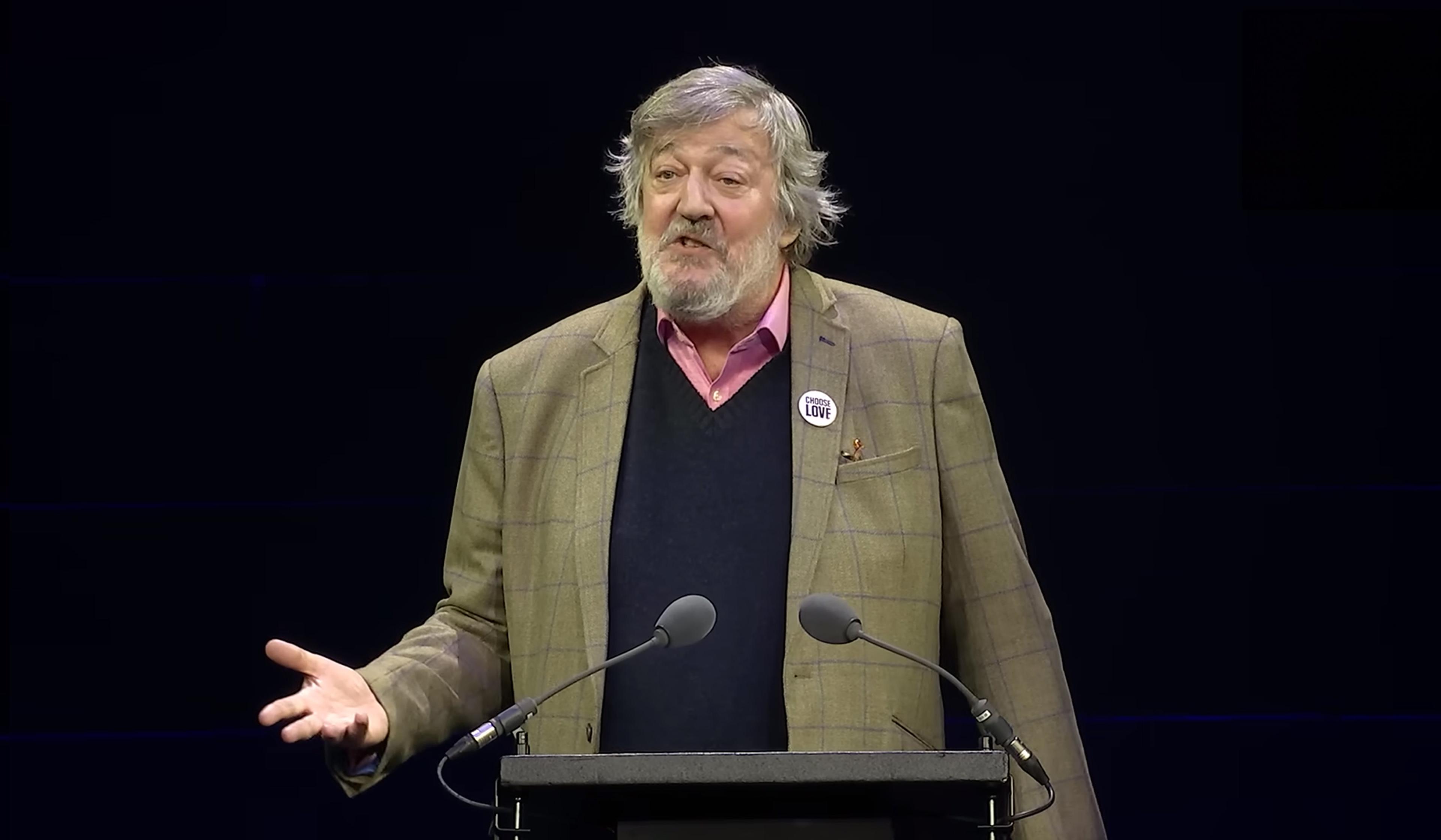
video
Meaning and the good life
Why strive? Stephen Fry reads Nick Cave’s letter on the threat of computed creativity
5 minutes
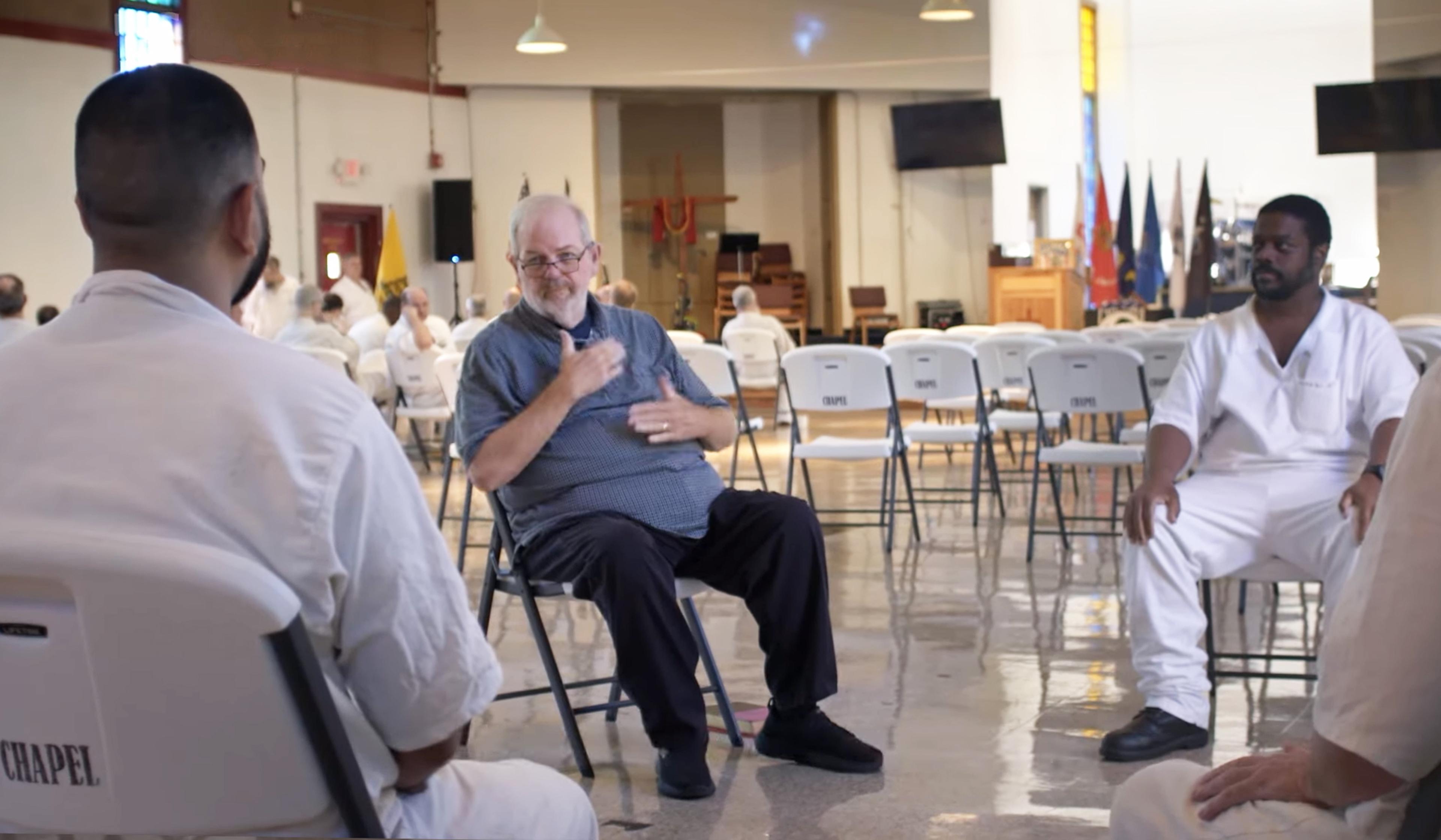
video
Human rights and justice
‘I know that change is possible’ – a Deaf prison chaplain’s gospel of hope
18 minutes

video
Physics
Find the building blocks of nature within a single, humble snowflake
4 minutes
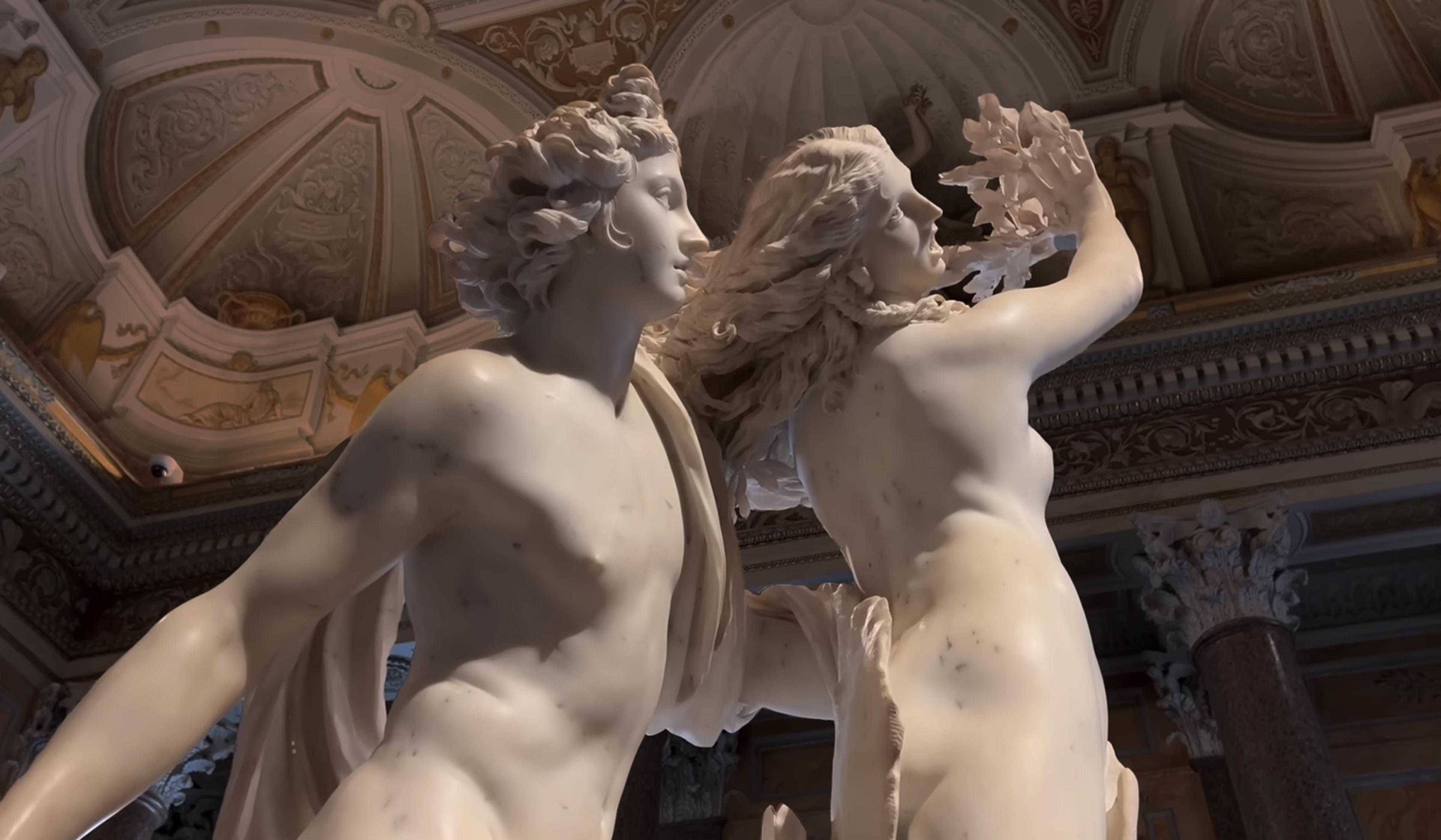
video
Art
The overlooked polymath whose theatrical oeuvre made all of Rome a stage
30 minutes
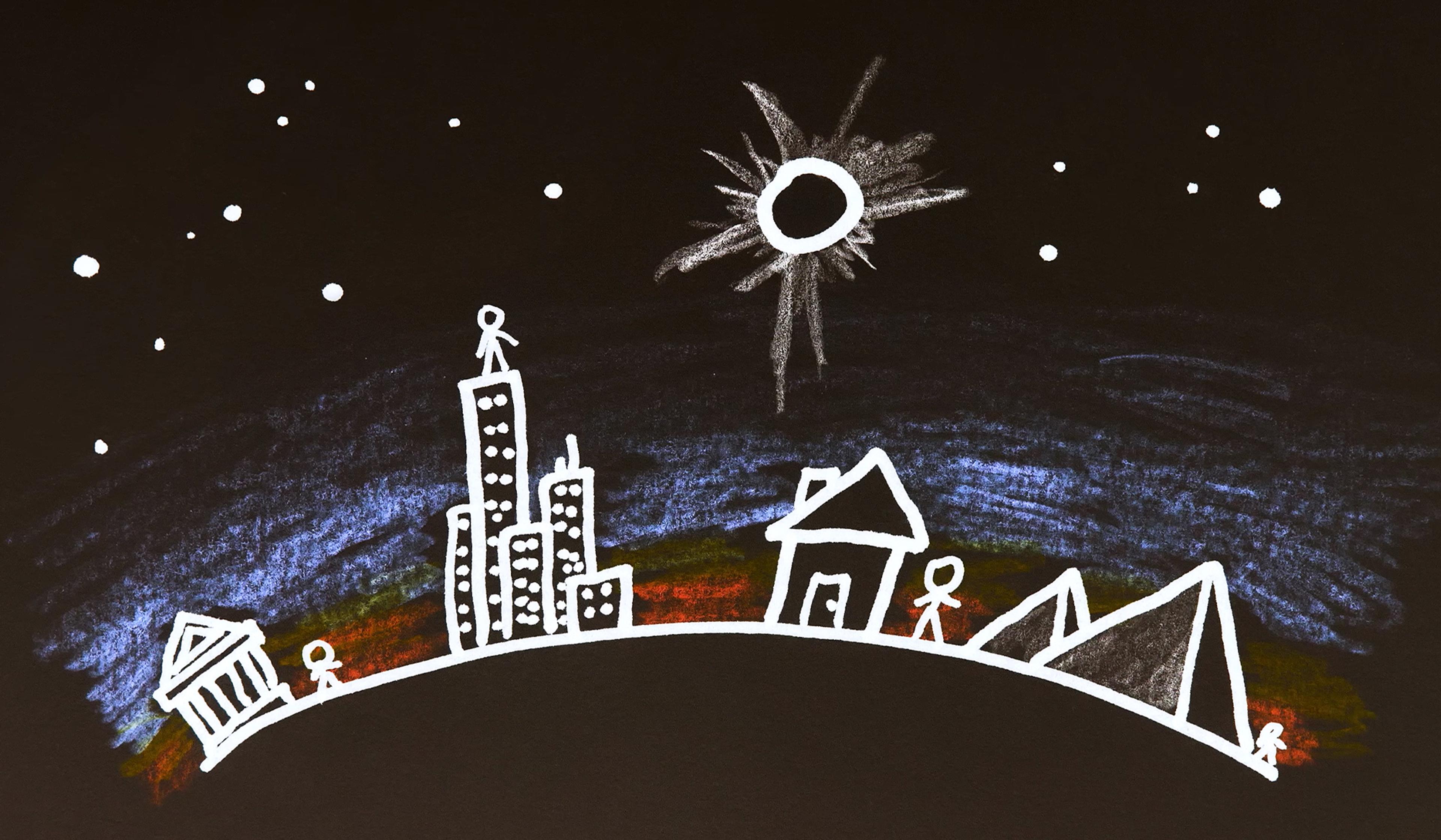
video
Physics
Why the golden age of total solar eclipses is already behind us
5 minutes
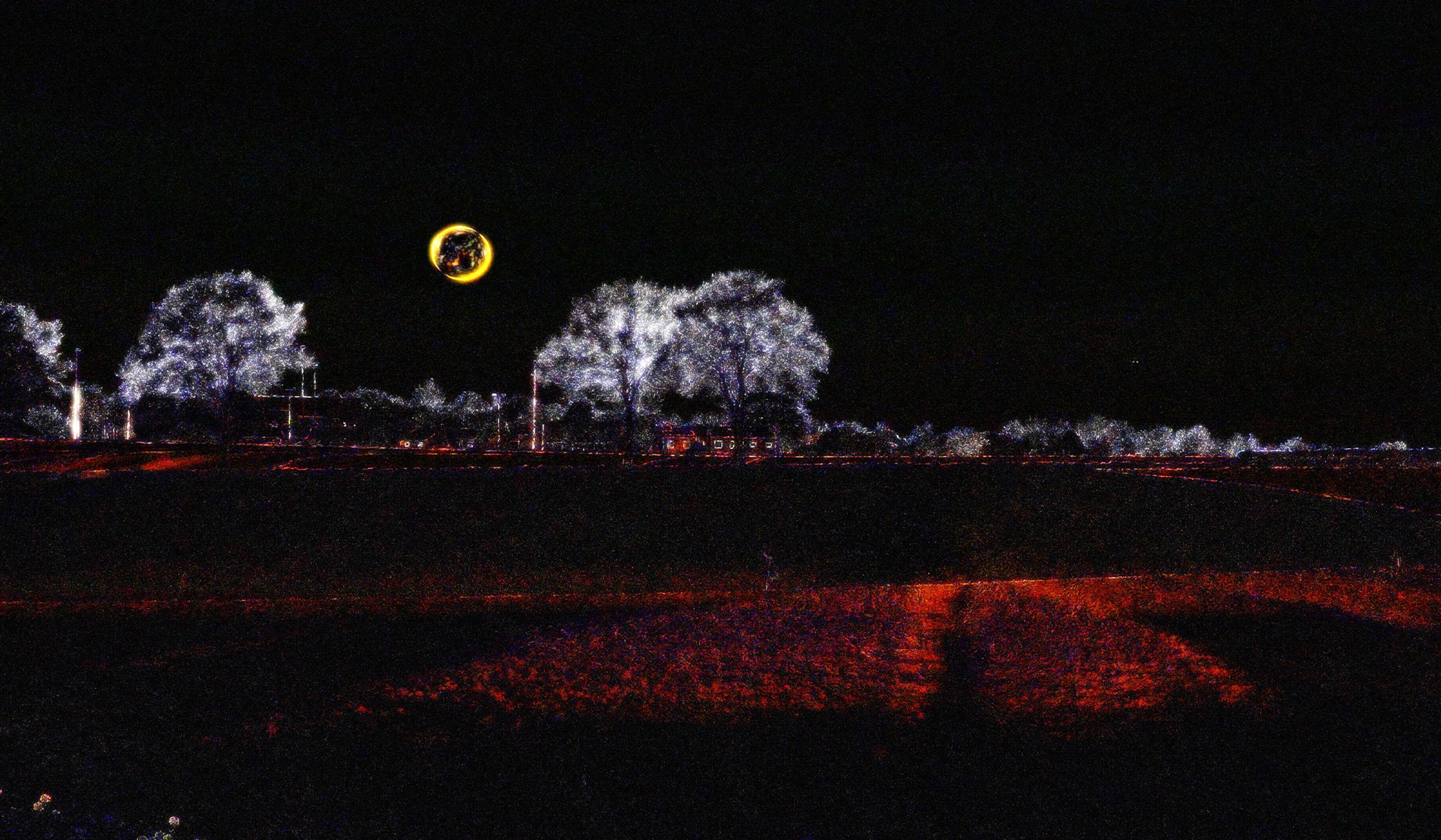
video
Film and visual culture
An augmented-reality filter reveals the hidden movements all around us
7 minutes
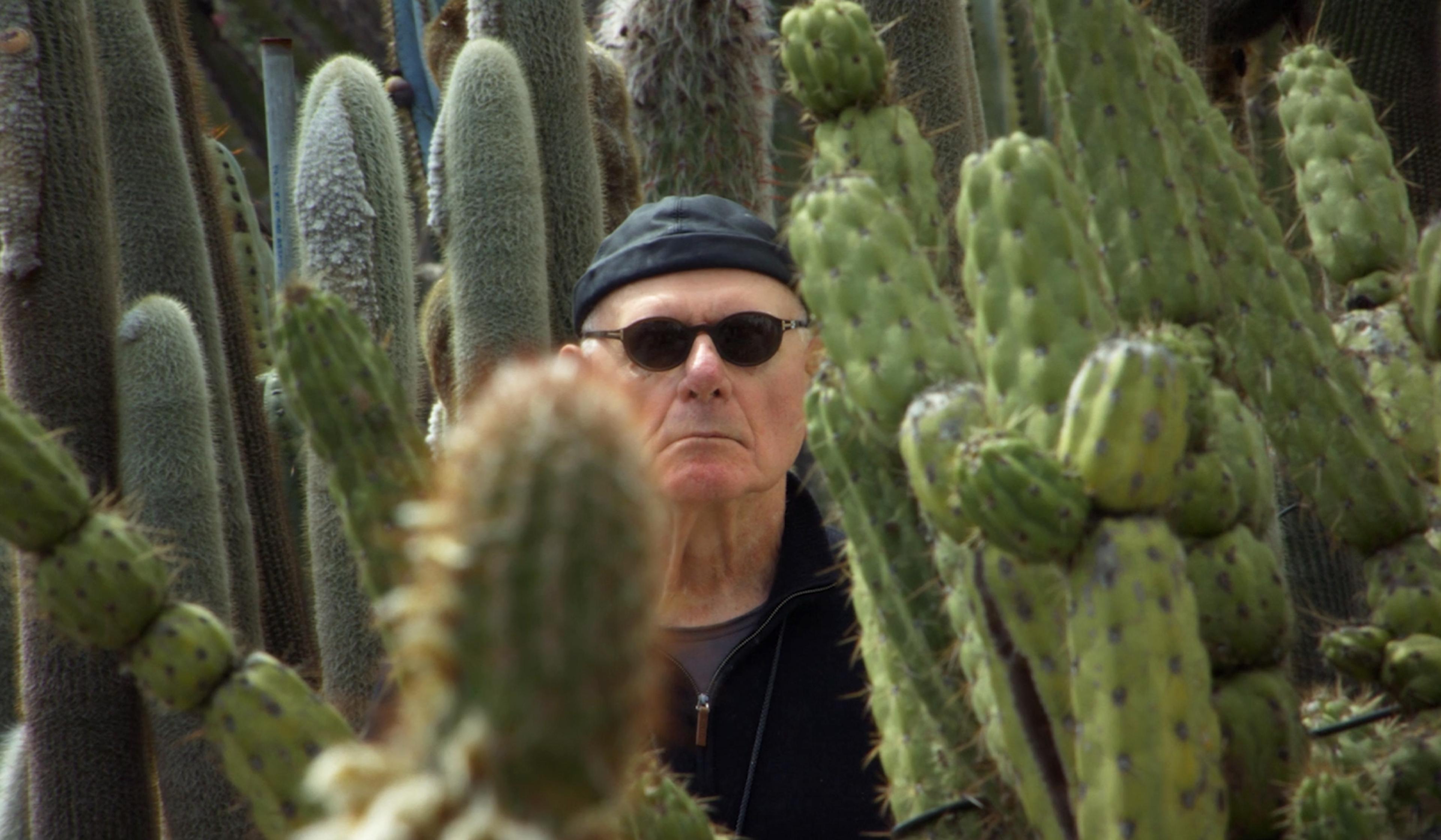
video
Beauty and aesthetics
The grit of cacti and the drumbeat of time shape a sculptor’s life philosophy
11 minutes
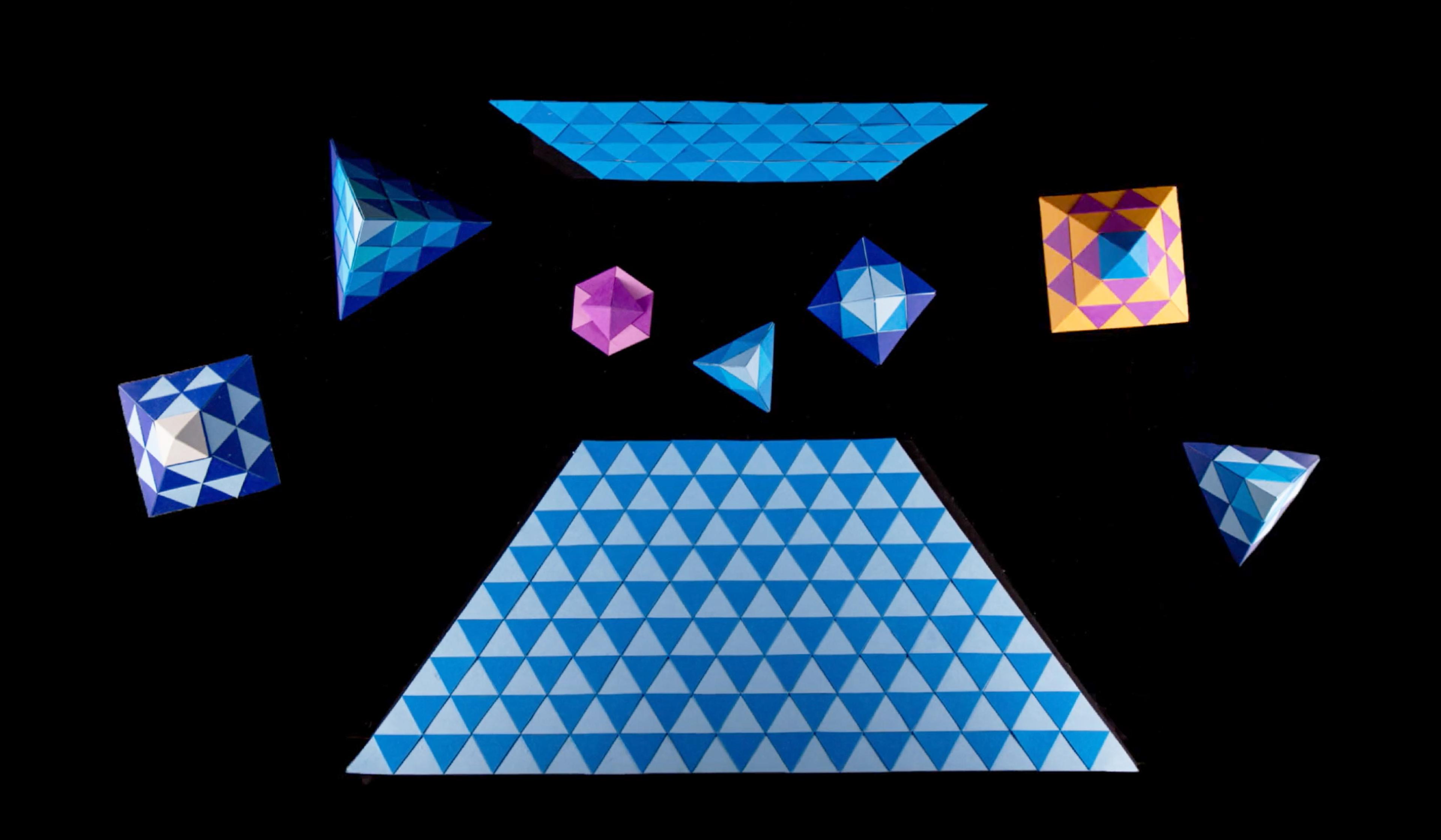
video
Film and visual culture
Stop-motion origami unfurls in a playful exploration of how senses overlap
3 minutes